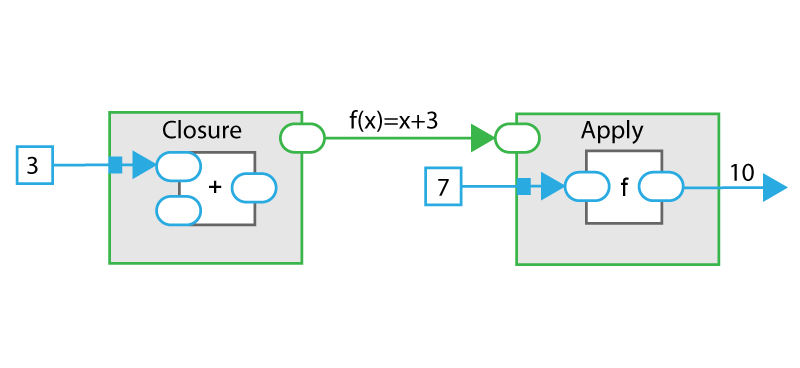Search the Community
Showing results for tags 'functional programming'.
-
When I originally selected the name for my blog ExpressionFlow back many years ago, what I had in mind was functional dataflow programming and the ability to pass any subdiagrams (expressions) around as first class citizens of the language. Functional programming languages (haskell, clojure, lisp) have a lot in common with dataflow world. In principle, calling a function in a functional language is identical to calling a node in a visual language. Passing data between functions happens in an immutable way in functional languages, similar to the concept of data flowing between nodes in a flow-based programming languages. Monads determine execution order of functions with side effects, the same way as flow diagrams determine the execution order of nodes in LabVIEW. Functional programming is often seen as an alternative to object oriented programming. One can solve similar problems of dynamic dispatching either by passing functions around or passing objects with methods around. There are of course multi-paradigm languages supporting both objects and functions like Clojure and Scala. So what would LabVIEW look like if it supported concepts of functional programming paradigm? I posted an article on this on ExpressionFlow and I am intending to study the concept on ExpressionFlow in my future posts. Would you use functional LabVIEW if such a language existed? My post on how a functional programming could appear in a visual dataflow language: Synchronous Functional Dataflow Programming & Closures of Named Functions p.s. See Joel's quick intro to functional programming if you are unfamiliar with the concept of functional programming.
- 7 replies
-
- functional programming
- dataflow
-
(and 1 more)
Tagged with:

